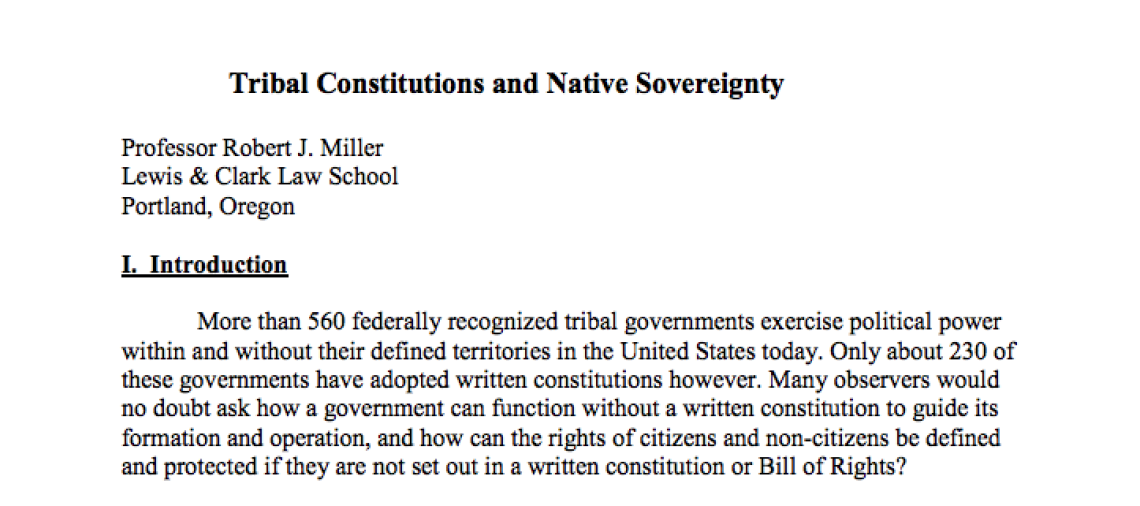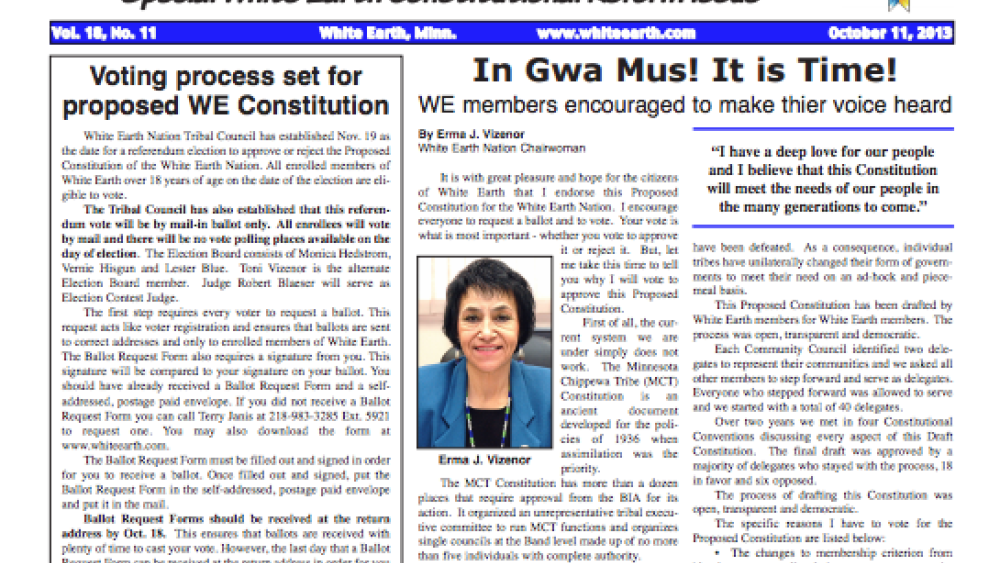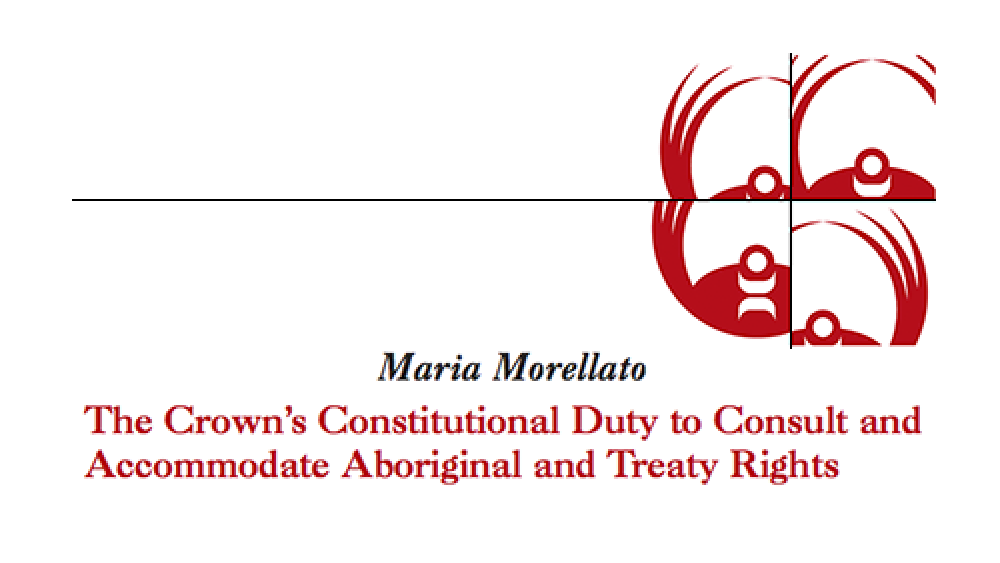More than 565 Indigenous tribal governments exercise extensive sovereign and political powers within the United States today. Only about 230 of the native communities that created these governments, however, have chosen to adopt written constitutions to define and control the political powers of their governments. Many observers would no doubt ask how a government can function without a written constitution to guide its formation and operation, and how the rights of citizens can be defined and protected without a written constitution. This essay addresses these questions and many more concerning American Indian and Alaska Native tribal constitutions. It is clear that constitutionalism is nothing new to Indigenous peoples in North America. This fact is demonstrated by the Iroquois Confederacy of the Haudenosaunee people who have governed themselves under an unwritten constitution for many hundreds of years, by the Cherokee Nation who apparently created the first written tribal constitution in 1827, by the many dozens of tribal governments who adopted written constitutions from 1837-1930, and by the hundreds of Indigenous governments who adopted constitutions under the federal Indian Reorganization Act of 1934. This essay examines these facts and more, and addresses whether modern day tribal constitutions adequately serve the needs of native communities and help these communities and their political entities to exercise and protect their sovereignty...
Additional Information
Miller, Robert J. "Tribal Constitutions and Native Sovereignty." Lewis & Clark Law School. Portland, Oregon. Social Science Research Network. April 4, 2011. Paper. (https://papers.ssrn.com/sol3/papers2.cfm?abstract_id=1802890, accessed November 26, 2012)




